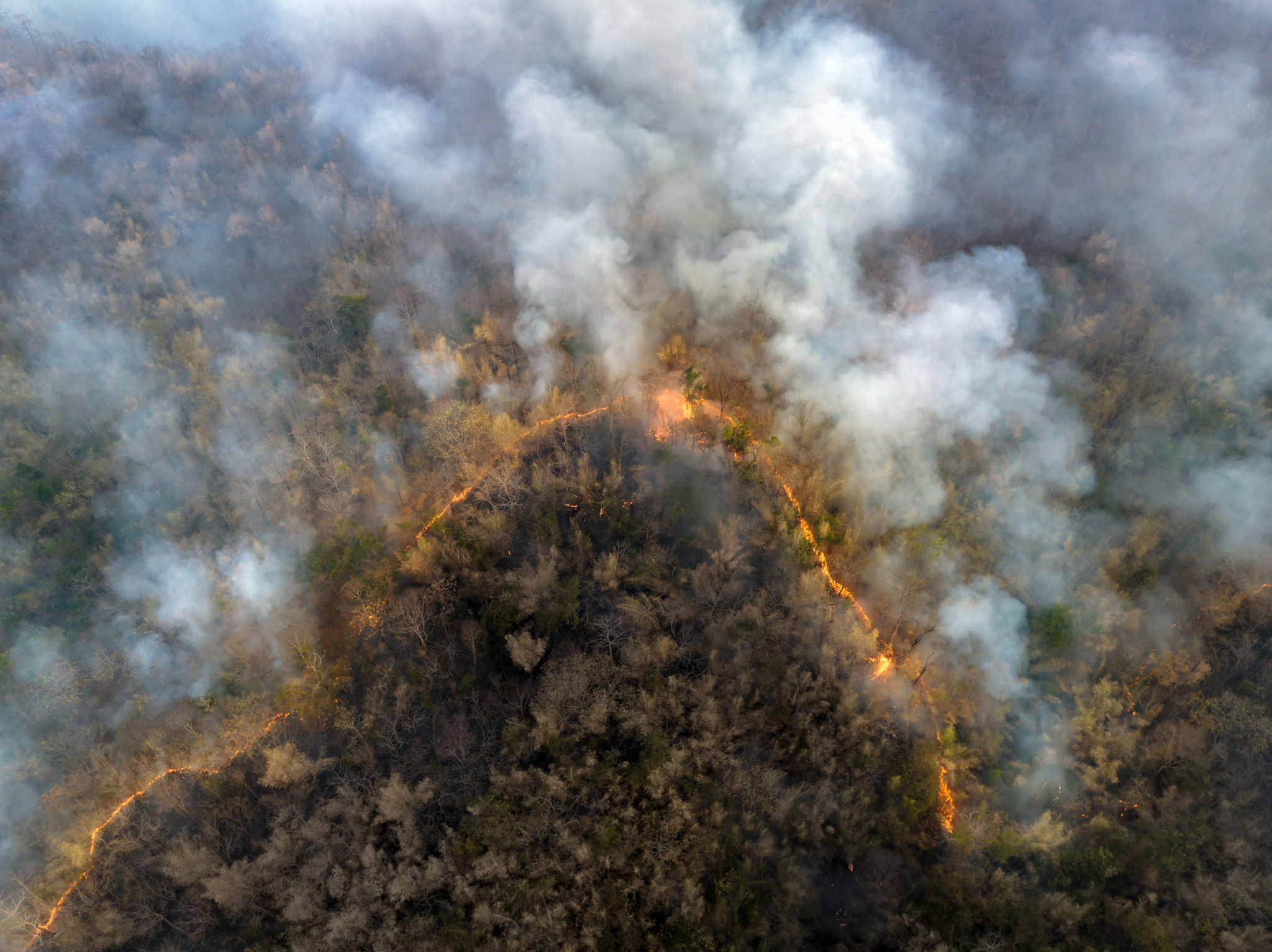Understanding the Impact of California's Climate on Aviation Operations
Introduction to California's Unique Climate
California is known for its diverse climate, ranging from arid deserts to lush coastal regions. This variety in climate presents unique challenges and opportunities for aviation operations. Understanding how these climatic conditions impact aviation is crucial for ensuring safety, efficiency, and sustainability in the industry.
The state's climate can affect everything from flight schedules to aircraft maintenance. For instance, extreme temperatures can influence air density, impacting lift and takeoff performance. Additionally, weather phenomena like fog and heavy rain can lead to delays and cancellations, affecting both airlines and passengers.

Impact of Temperature Variations
California's temperatures can vary significantly depending on the region and season. High temperatures, particularly in the summer months, can lead to decreased air density. This reduction in air density affects an aircraft's performance by requiring longer distances for takeoff and landing. Aircraft engines may also experience stress under extreme heat conditions, necessitating more frequent maintenance checks.
Conversely, cooler temperatures in the mountainous regions during winter can lead to icing conditions that pose a threat to flight safety. Pilots and airline operators must be vigilant in monitoring these conditions to ensure that aircraft are properly de-iced before departure.

Fog and Its Challenges
Coastal areas of California are frequently shrouded in fog, particularly during the spring and summer months. Fog can significantly reduce visibility, posing challenges for pilots during takeoff and landing. Instruments such as radar and advanced navigation systems are essential for navigating through these conditions safely.
Airports located in fog-prone areas often invest in advanced ground-based navigational aids to ensure aircraft can depart and arrive safely despite reduced visibility. Airlines may also adjust flight schedules to avoid peak fog hours, minimizing disruptions for passengers.

Wildfires and Their Effects on Aviation
California is no stranger to wildfires, which have become more frequent and intense in recent years. These fires not only threaten lives and property but also disrupt aviation operations. Smoke from wildfires can reduce visibility and air quality, leading to flight delays and cancellations.
In addition to affecting commercial flights, wildfires also place demands on aviation resources for firefighting efforts. Aircraft such as helicopters and tanker planes play a crucial role in combating wildfires, requiring coordination with air traffic control to ensure safe operations.
Strategies for Mitigating Climate Impact
Aviation stakeholders in California employ various strategies to mitigate the impact of climate on operations. Airlines invest in advanced weather monitoring systems and predictive analytics to anticipate weather-related disruptions. Airports enhance infrastructure to accommodate changing climatic conditions, such as improved drainage systems to handle heavy rainfall.
Pilot training programs emphasize the importance of understanding local weather patterns and their potential effects on flight safety. By equipping pilots with the knowledge and tools needed to navigate California's diverse climate, airlines can maintain high safety standards while minimizing operational disruptions.

Conclusion: Adapting to a Changing Climate
As climate change continues to influence weather patterns globally, the aviation industry must adapt to ensure safety and efficiency. California's unique climate presents both challenges and opportunities that require continuous adaptation and innovation.
By understanding the impact of climate on aviation operations and implementing effective strategies, stakeholders can enhance resilience against adverse weather conditions. This proactive approach not only benefits the aviation industry but also contributes to the overall sustainability of air travel in California.
